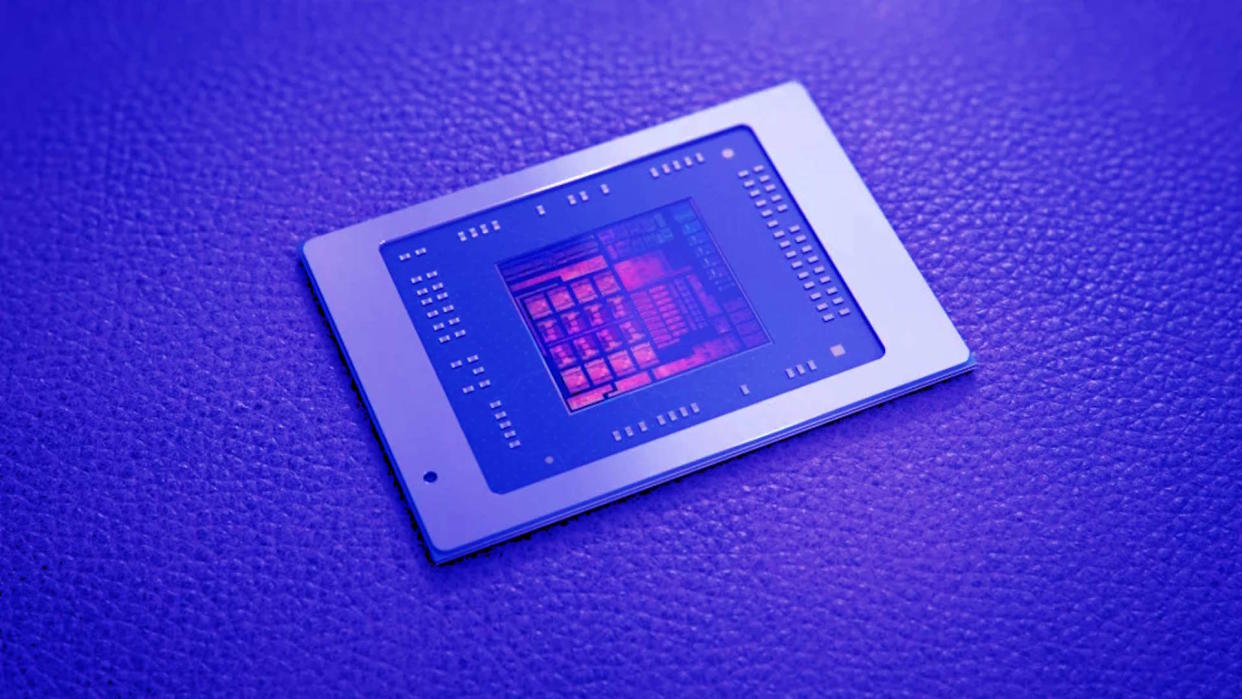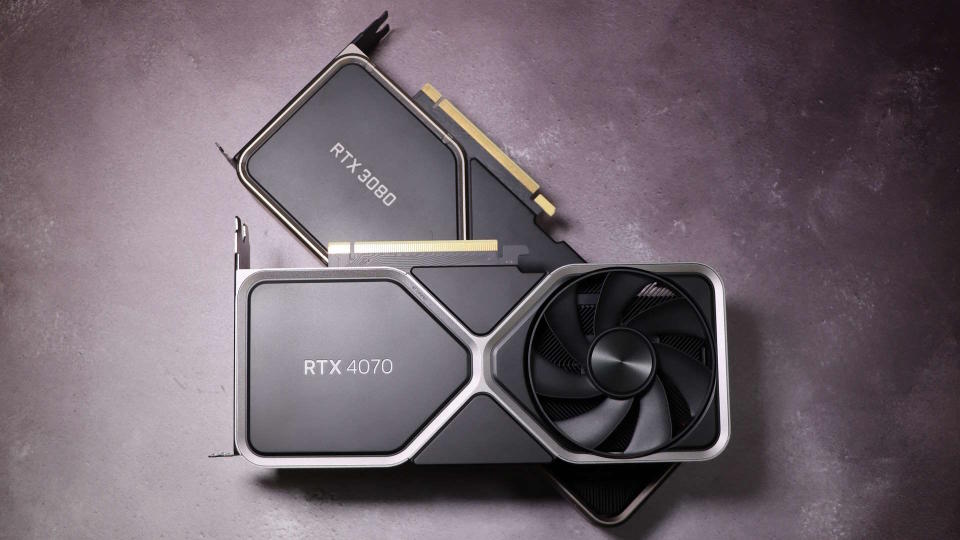AMD's new uber gaming laptop APU rumoured to use chiplet design and 16 full desktop-spec CPU cores

AMD's upcoming Strix Halo APU is one of the more exciting chips on the horizon, what with its console-like specs and the promise of a more efficient and just maybe more affordable portable gaming. Now a new rumour has emerged indicating it could be a chiplet design using the very same eight-core CPU CCDs as AMD's next-gen Zen 5 desktop processors.
This particular info dump comes courtesy of some slides posted on the Chiphell forum. The slides purportedly show the AMD Strix Halo APU, also occasionally referred to as Sarlak, composed of a pair of eight-core Zen 5 CCDs or Core Chiplet Dies plus a monster SoC tile containing various I/O functionality, the memory controller plus Strix Halo's defining feature, namely its honking great iGPU.
Hold that thought, we'll come back to the iGPU. The very notion of Strix Halo as a chiplet design is new, but does make sense. Cramming in 16 Zen 5 cores, plus a big iGPU would make for a huge monolithic chip. So, splitting it all up, just as Intel has done for its latest Meteor Lake laptop CPU, makes sense.
That Strix Halo is said to be using the same Zen 5 CCDs as AMD's next-gen desktop CPUs also means that it will offer the full cache memory allocation of those desktop chips, including L3 cache. AMD's existing APUs for laptops have cut-down cache memory, which can impact some applications more than others.
Unfortunately, games are one such app type which tends to suffer when cache memory is reduced. Which is why we found that AMD's desktop APUs haven't made for great gaming chips, like when we reviewed the Ryzen 7 8700G.
If that's the good news, there are question marks over efficiency. Chiplet designs tend to be less efficient than monolithic chips. Add in 16 full-spec desktop cores, a 256-bit bus, plus a big iGPU, and it doesn't exactly sound like a recipe for all-day battery life. Which would be a pity, because if you don't care about battery life, well, you may as well have a full discrete GPU in your gaming laptop.
Indeed, the appeal of Strix Halo is the potential for a simplified single-chip laptop that's cheaper and more efficient by virtue of not having a dedicated GPU, and yet offers good gaming performance.

Of course, the precise source of these slides is not established. The title of the post on the Chiphell forum is "Some information and speculation about AMD Strix Halo". While the data presented is plausible, the slides do not immediately look like AMD internal presentations.
Indeed, with entries like "small probability" and "Like Navi31", it's seems almost certain that these slides are not from AMD at all, but based on whatever information the poster has gleaned from sources.
Anyway, what about that mega iGPU? It's long been rumoured to rock no fewer than 40 CUs. In simple architectural terms, that puts it on par with a desktop a Radeon RX 6700 XT in terms of raw CU count.
However, Strix Halo is getting what's being referred to as RDNA 3.5-spec GPU technology. Exactly what upgrades RDNA 3.5 will have over the RDNA 3 tech as found in existing Radeon RX 7000 series GPUs, such as the 7800 XT and 7900 XT isn't clear.
However, recent leaked documents pertaining to the upcoming Sony PS5 Pro could provide a pointer. The updated RDNA graphics for that console are said to offer a boost of two to four times the ray-tracing performance over the RDNA 2 graphics in the standard PS5.
This all gets a bit convoluted, but long story short, if RDNA 3.5 is related to the new GPU in the PS5 Pro, it may offer a major boost in ray-tracing performance. Whatever, in graphics performance terms Strix Halo has one other trick up its sleeve. Where existing APUs are all hobbled by a mere 128-bit memory bus, Strix Halo rocks a full 256-bit bus for much, much better memory bandwidth.
Your next upgrade

Best CPU for gaming: The top chips from Intel and AMD.
Best gaming motherboard: The right boards.
Best graphics card: Your perfect pixel-pusher awaits.
Best SSD for gaming: Get into the game ahead of the rest.
The slides claim a total bandwidth of 500GB/s, which is pretty healthy, albeit shared across the iGPU and those 16 Zen 5 cores. Also presented in the slides are benchmark results in 3DMark placing Strix Halo in between Nvidia's RTX 4060 and RTX 4070 mobile chips.
Notably, it retains that positioning in the 3DMark Port Royal test, which is 3DMark's main test of ray-tracing performance. It's all thoroughly intriguing and promising, albeit with plenty of questions remaining over aspects like battery life and pricing.
Oh, and availability. We were originally expecting Strix Halo to come out later this year. Its smaller single-chip sibling is stull due in 2024. But the latest indications are that Strix Halo is now a 2025 product.
If correct, that means it will likely be up against Nvidia's next-gen mobile GPUs, presumably known as the RTX 5060 and RTX 5070, for most of its operating life. And that could put a different spin on its performance prowess. Watch this space, there's plenty to play for.
